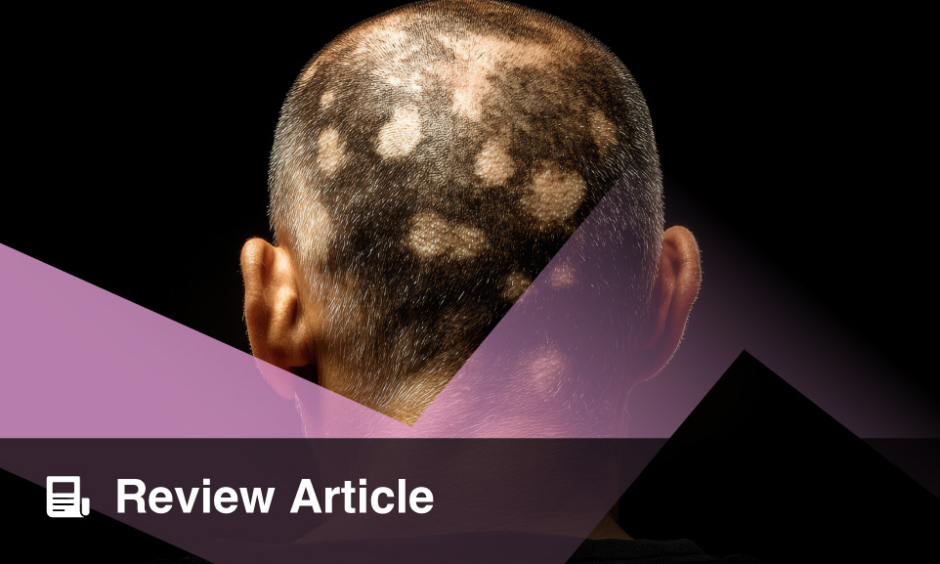Brucellosis Treatment
NETWORK meta-analysis ranks brucellosis treatment regimens, finding triple-drug combinations outperform widely used dual therapies.
A systematic review and network meta-analysis of randomized trials compared recovery across drug regimens for human brucellosis. From 872 records screened, 32 studies were included. The analysis estimated relative risks of recovery and ranked options using P-score and SUCRA in a random effects framework. Heterogeneity was low and consistency acceptable, supporting confidence in comparative estimates.
The most effective regimen combined doxycycline, streptomycin, and hydroxychloroquine. Versus the reference of doxycycline plus rifampin, this triple therapy improved recovery with a relative risk of 1.25 within a 95% confidence interval of 1.07 to 1.45. Regimens that paired an aminoglycoside with additional agents performed well. Doxycycline, streptomycin, and rifampin ranked second. Streptomycin, ofloxacin, and rifampin ranked third. The overall intervention network showed about 37% design heterogeneity which remained within an acceptable range.
These findings suggest a shift toward triple therapy when aiming to maximize recovery, particularly when an aminoglycoside such as streptomycin can be used safely. The analysis does not replace clinical judgment or local resistance considerations. It does indicate that monotherapy and common dual therapy may be less effective than carefully selected three-drug combinations. Hydroxychloroquine appears in the top regimen and may contribute through intracellular activity and pH modulation that supports doxycycline performance against intracellular Brucella.
For U.S.-based clinicians, regimen selection should balance efficacy with toxicity, pregnancy status, renal function, auditory risk, and monitoring practicality. The network meta-analysis supports updating protocols toward triple-drug strategies in appropriate patients while maintaining antimicrobial stewardship. Further head-to-head trials in contemporary settings would refine ranking precision and inform optimal durations.
Study Methods and Ranking
The authors assessed risk of bias with Cochrane methods. Treatment effects used relative risk with 95% confidence intervals. Rankings used P-score and SUCRA to order regimens by probability of best recovery.
Reference: Pele A et al. Research mapping and comparative assessment of drug treatment regimens for brucellosis: a systematic review and network meta-analysis. BMC Infect Dis. 2025;25(1):1308.







